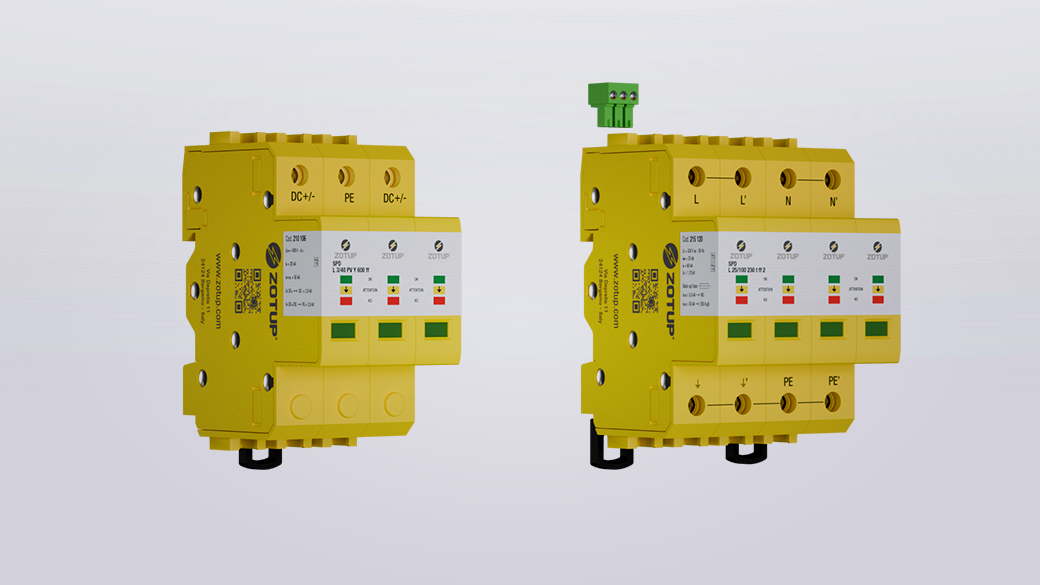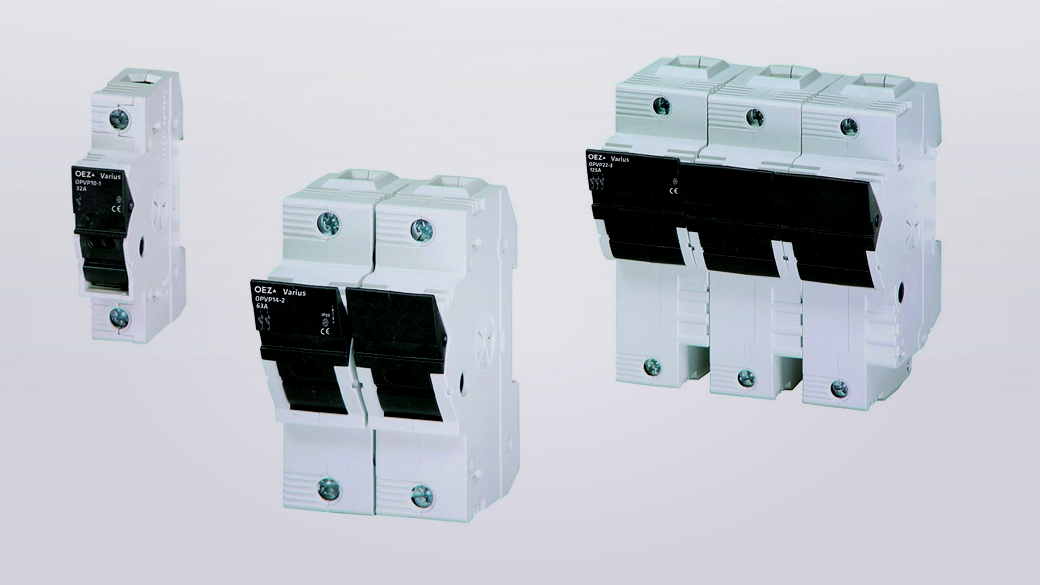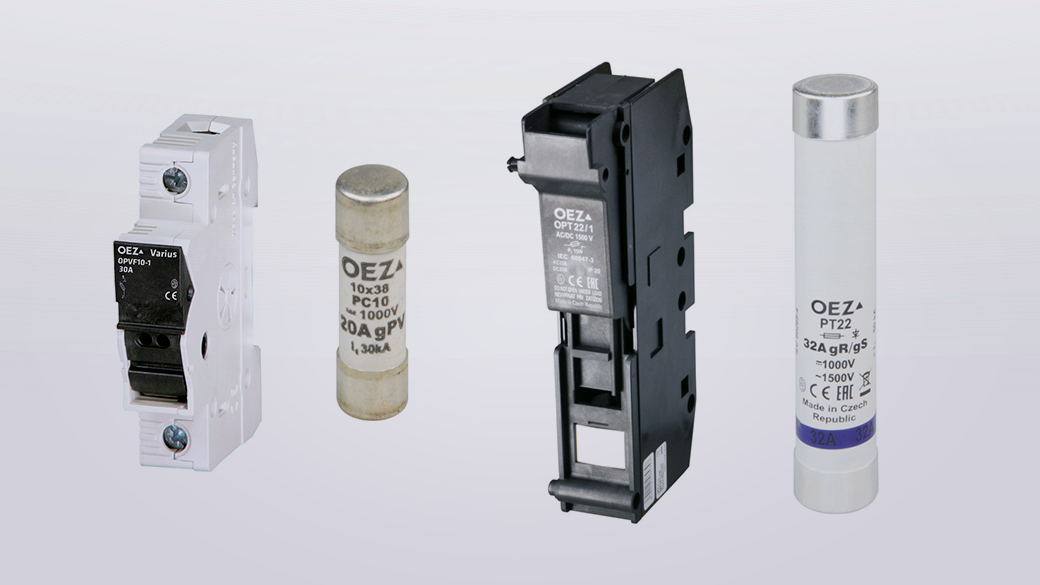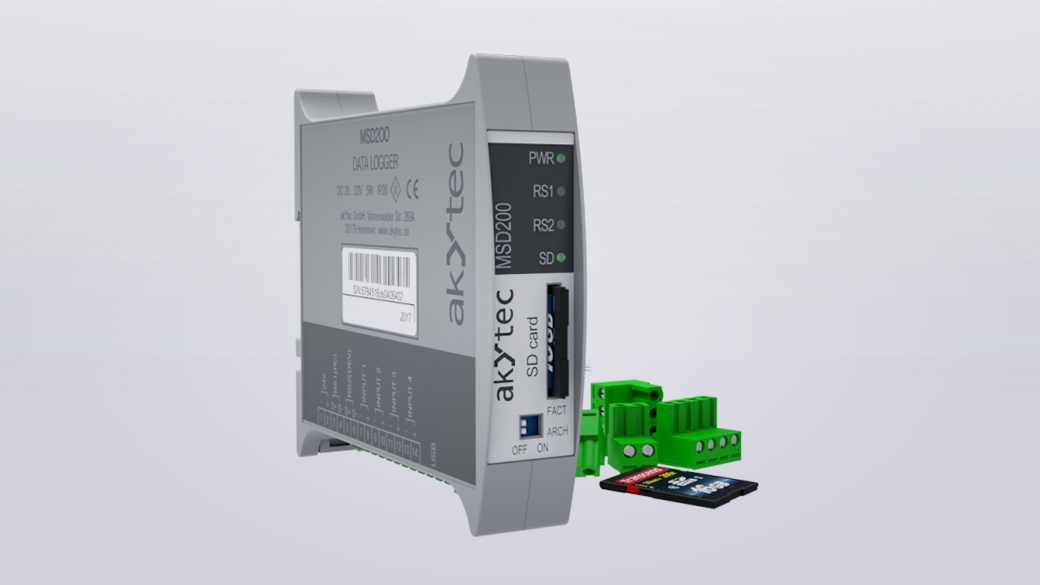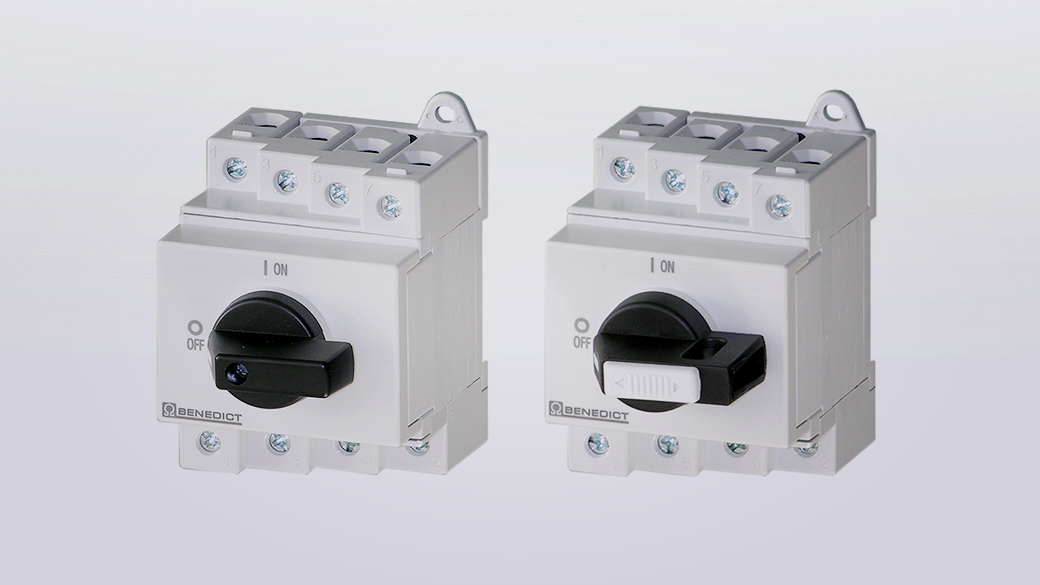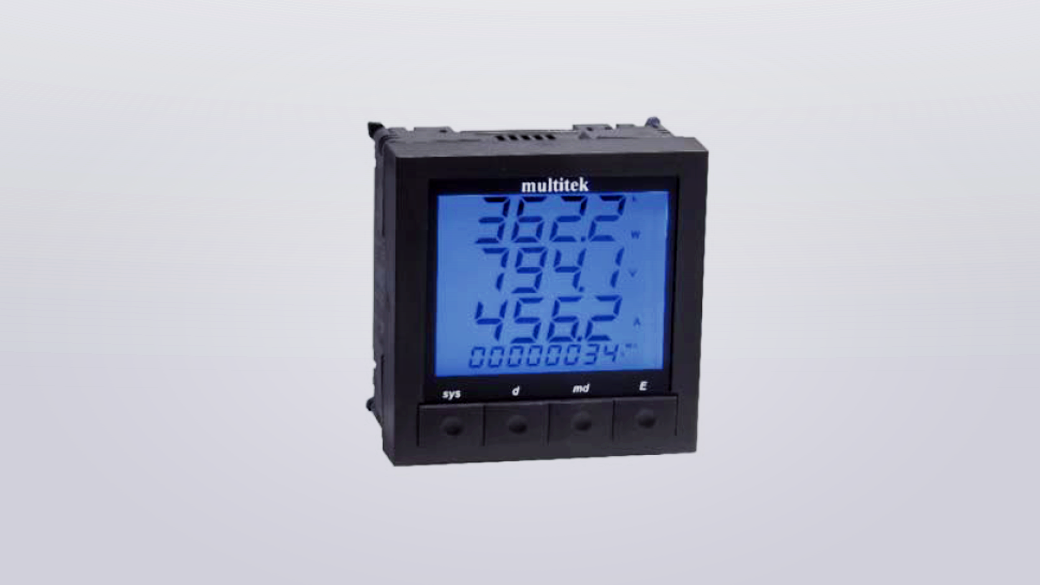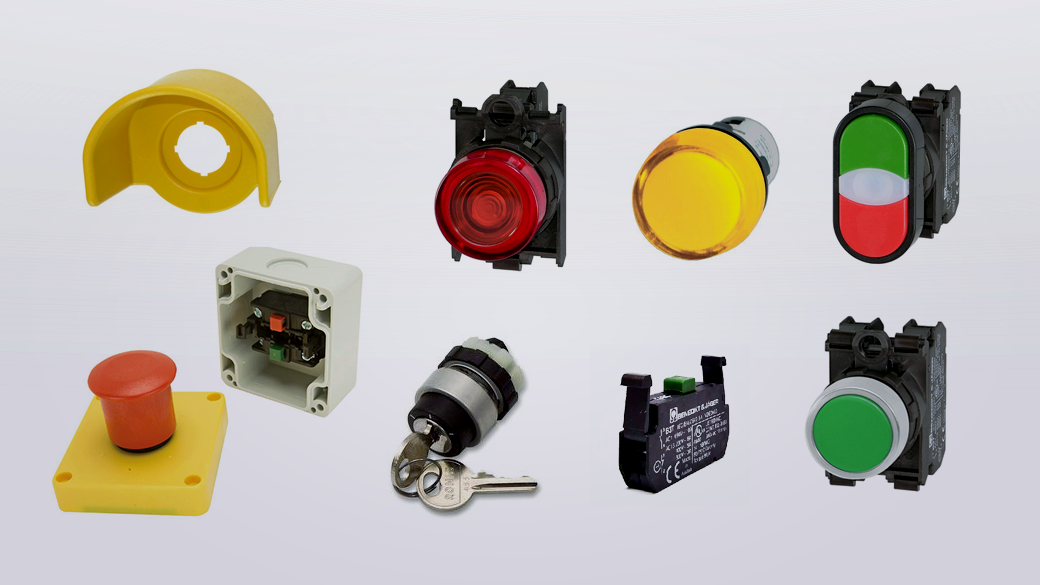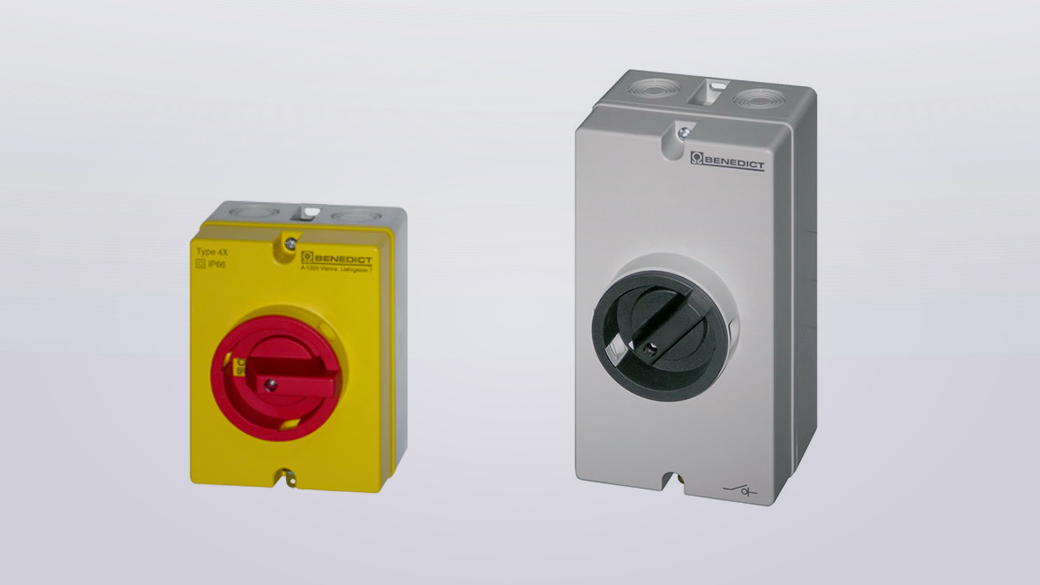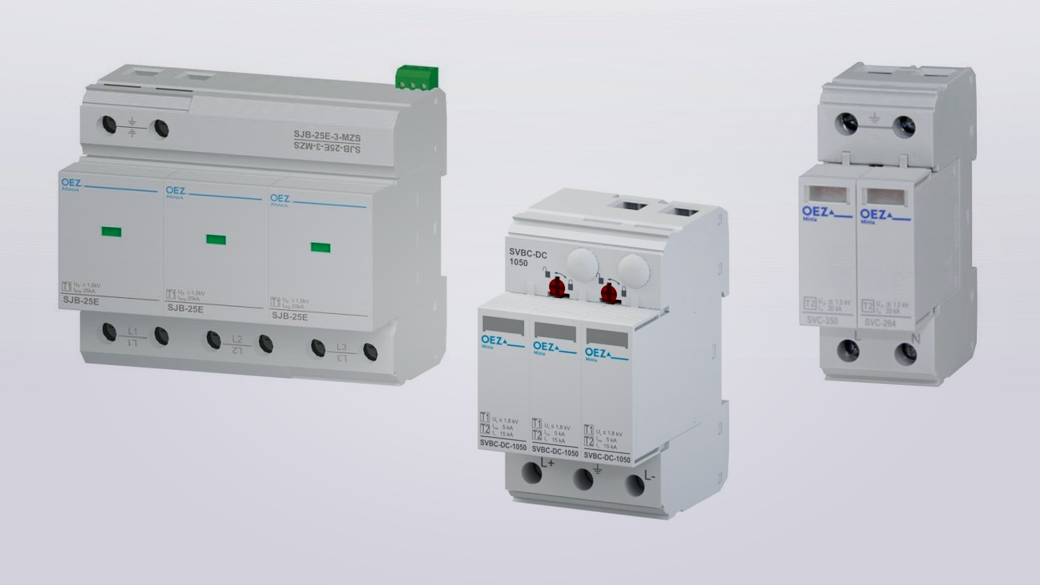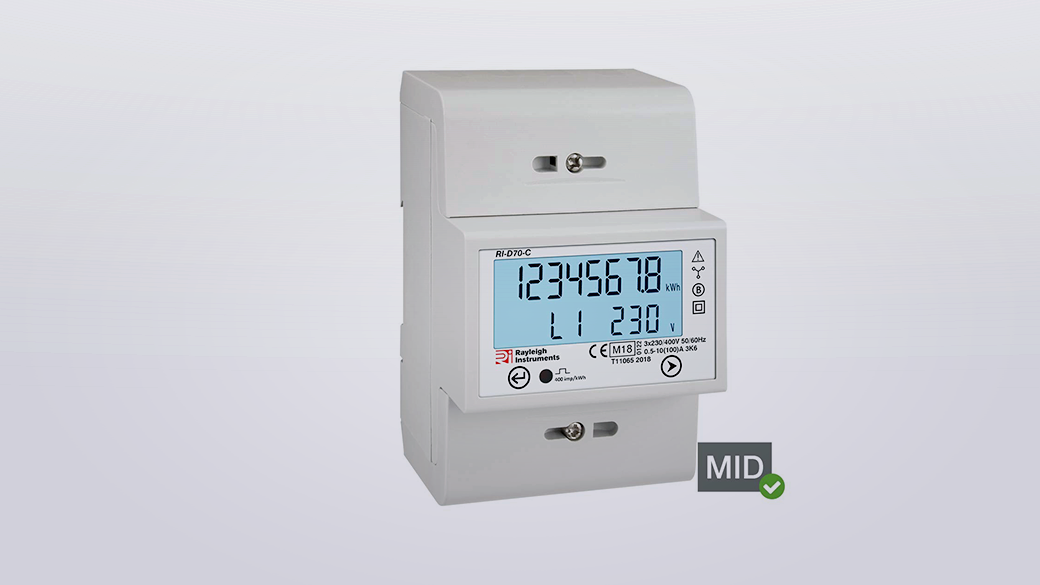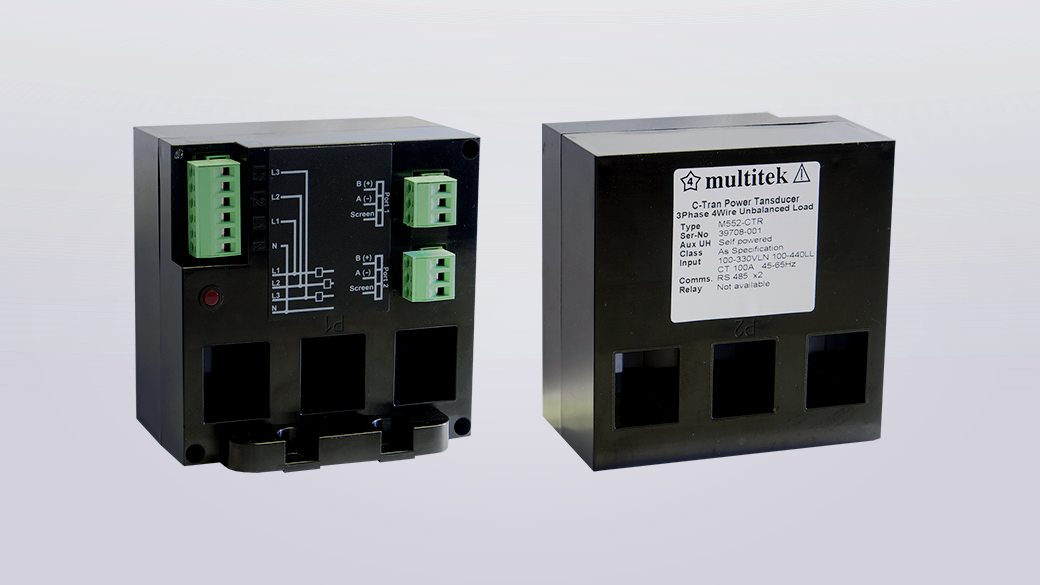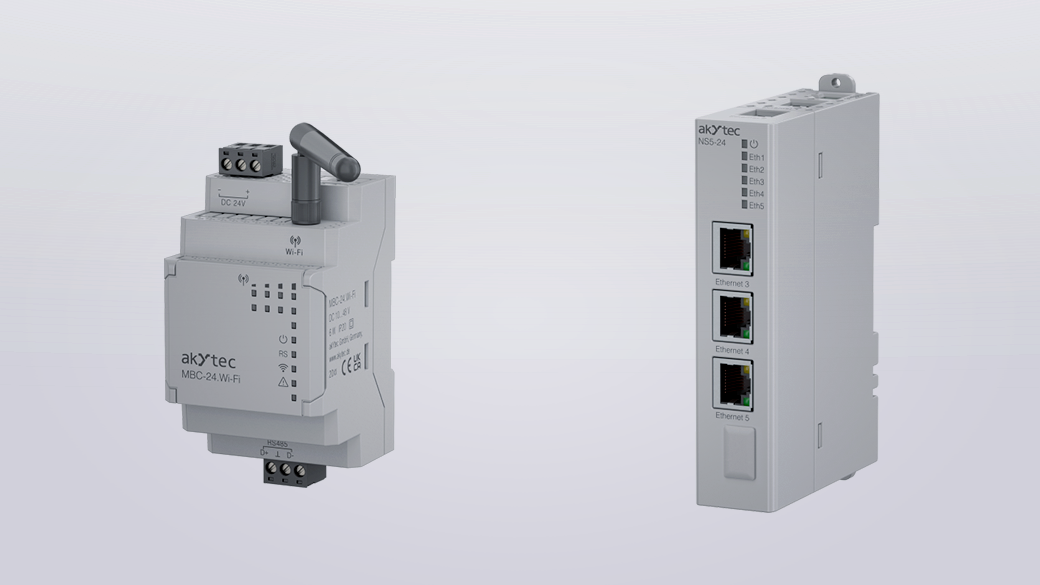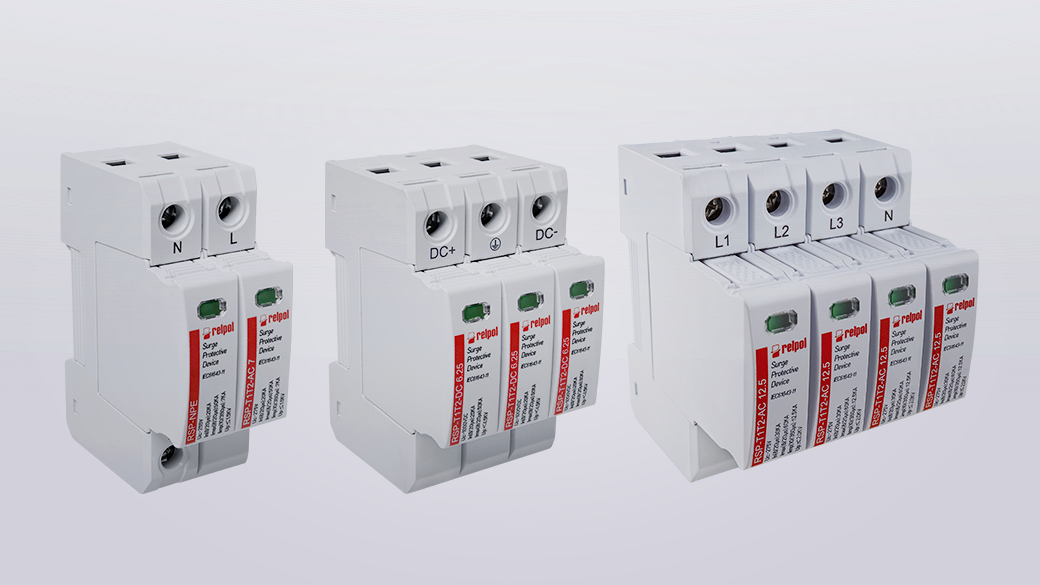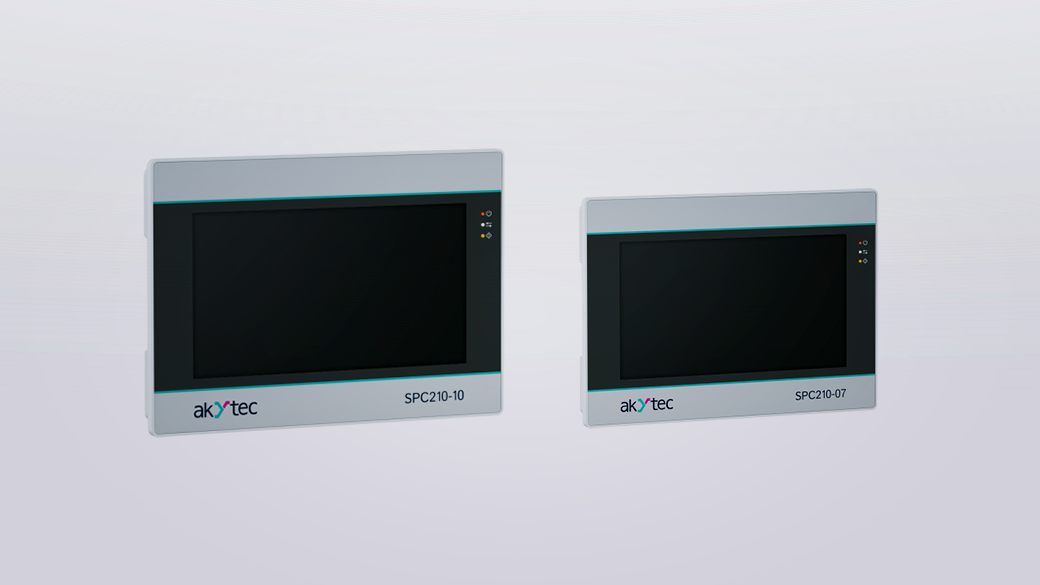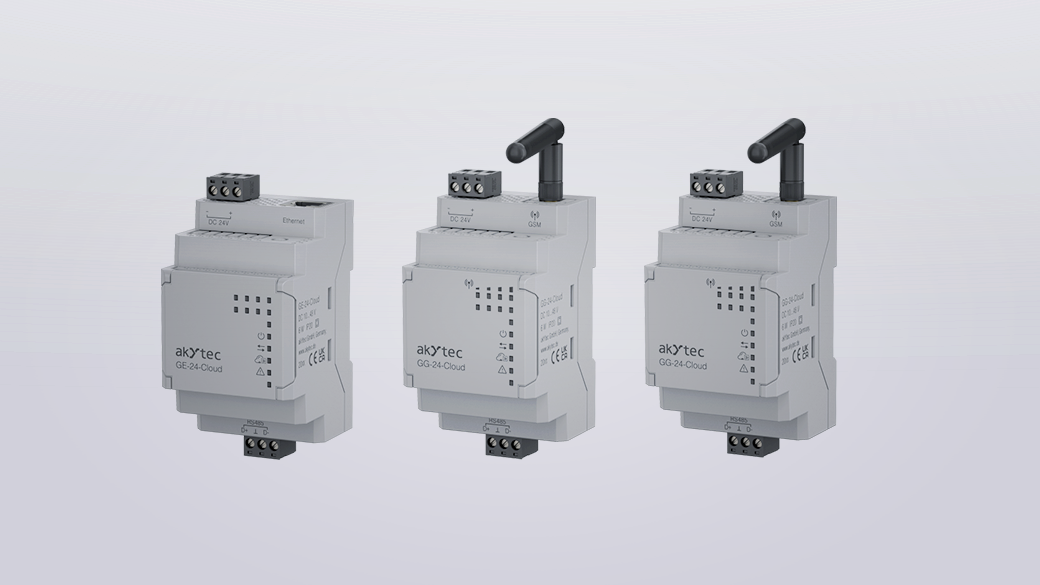PV Solution
Power meters measure utilities like electric, gas, or water to increase building performance. With a power meter, users can get granular data on the use of energy of a building. Such granularity can reveal any equipment or systems adding to energy waste. Submeters can be used in any type of building, from manufacturing to apartments. Meters make it easy to visualize and optimize energy usage.

[DEMO DATA FROM: https://www.setra.com/blog/what-are-power-meters ]
Appropriate communication outputs and I/O modules were added to the meters present in the facility (water, gas), and network meters and analyzers were used to measure thePower meters measure utilities like electric, gas, or water to increase building performance. With a power meter, users can get granular data on the use of energy of a building. Such granularity can reveal any equipment or systems adding to energy waste. Submeters can be used in any type of building, from manufacturing to apartments. Meters make it easy to visualize and optimize energy usage
PV Solutions
Single circuit power meters are designed to monitor one single or one 3 phase circuit. These meters are typically used for measuring a specific panel, mimicking the building main, or a single piece of industrial equipment.

Multi-load power meters are designed to measure multiple single or 3 phase loads at one time. These meters are typically used to support energy management strategies that require more granular data. Using one multi-load meter has a much smaller footprint than several single load meters. The ability to monitor several loads means a multi-load meter has a significantly lower cost per metering point than a single load meter.
Meters with dual voltage inputs allow users to meter two different service types and voltage levels from a single power meter. This allows the user to measure large 3 phase loads, such as an air handling unit or chiller, with the same meter that is measuring single phase lighting loads at any point within the building. Users can also measure both 120V and 480V, for example, at the same time on a multi-load meter with dual voltage inputs.

Benefits of Power Meters
Power meters enable users to track and eventually optimize energy use. Trending data and real-time readouts reveal inconsistencies, spikes in usage, and even potential energy waste. With web software, it is even easier to analyze real-time data of power meters.
With electricity costs on the rise, there is a need for accurate tenant-specific metering. In tenant situations, power meters help ensure tenants are being billed properly based on their actual energy usage instead of a bulk price included in rent. Measuring utilities this way makes tenants more conscientious of their energy usage and allows them to reduce utility use.
Another benefit of power meters is fault detection. Fault detection allows for a proactive monitoring mindset. Facility managers are alerted when systems don’t operate efficiently or properly. Fault detection helps identify issues before they lead to failure, including:
- Overheating
- Leaking
- Systems needing repair
- Required maintenance
Power meters also enable demand response. Demand response allows for better asset management and access to utility programs. A power meter can indicate if a utility is under high stress during peak hours, allowing for a facility manager to reduce demand. Depending on the area, there are rebates for using utilities during hours of lower peak demand. Power meters reveal the best ways to reduce demand on utilities.
Best possible solutions to meet our customer needs.
Deliver the best customer experience at the lowest cost.
List Products by tag
Deliver the best customer experience at the lowest cost.
List Products by Brand
Deliver the best customer experience at the lowest cost.
List Products by Product name
Deliver the best customer experience at the lowest cost.
—— LIST PRODUCT WITHOUT TITLE ———-
